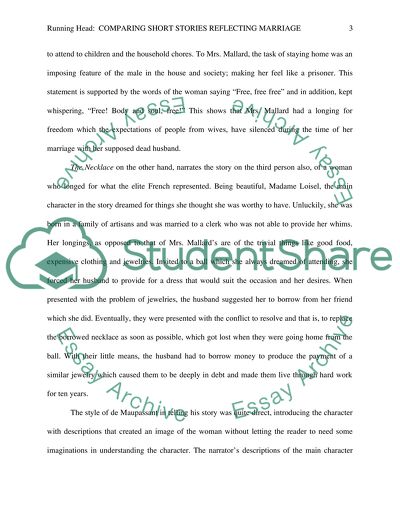Cite this document
(“Short Stories Reflecting Issues in Marriage Essay”, n.d.)
Retrieved de https://studentshare.org/social-science/1391879-comparative-essay
Retrieved de https://studentshare.org/social-science/1391879-comparative-essay
(Short Stories Reflecting Issues in Marriage Essay)
https://studentshare.org/social-science/1391879-comparative-essay.
https://studentshare.org/social-science/1391879-comparative-essay.
“Short Stories Reflecting Issues in Marriage Essay”, n.d. https://studentshare.org/social-science/1391879-comparative-essay.


